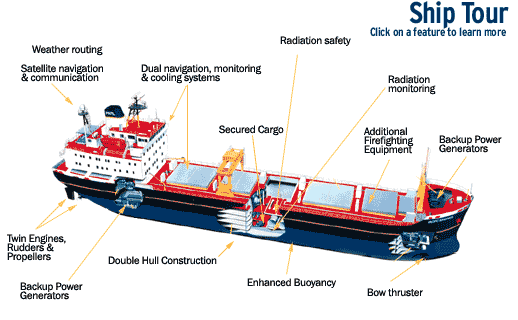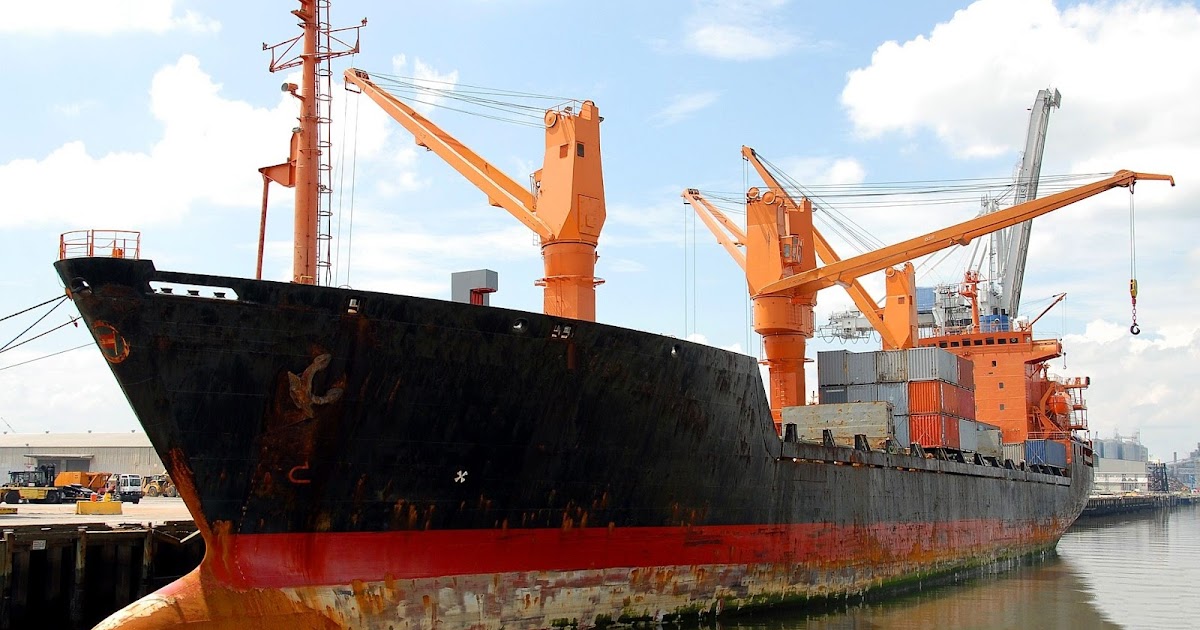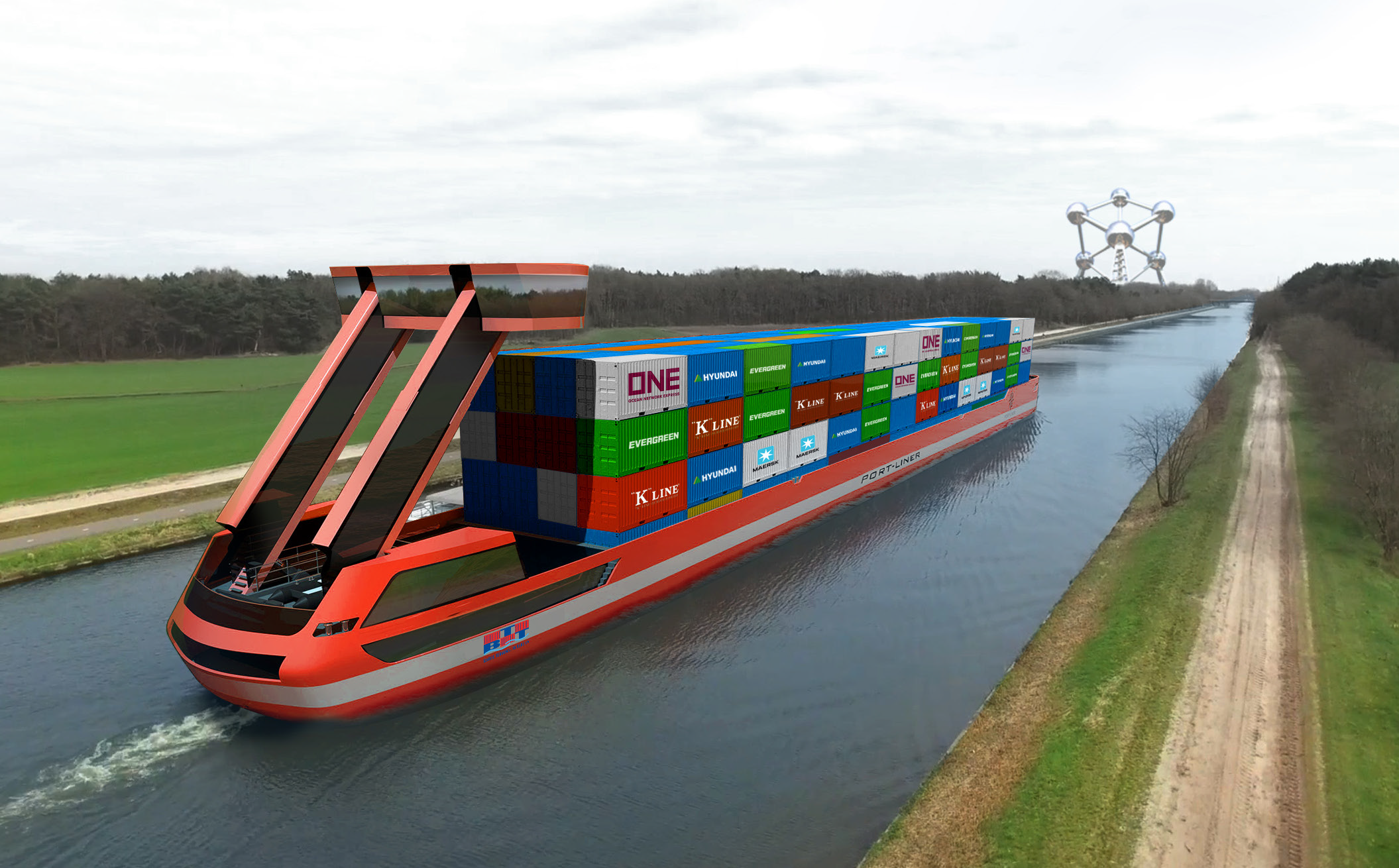

Despite this success Gower failed to get the support he needed to build a class of vessels to his patents. Transit with a length of 130 feet (39.6 m) and a length to beam ration of 6.5:1 performed so well as to have been acknowledged the winner by the captain of Osprey.

Her length to beam ratio (at waterline) was probably less than 3:1. Built at Northfleet like a French corvette, with an 80 ft 6 in (24.5 m) keel, she had the reputation of being very fast. Osprey was a fast sloop of 383 tons (about twice the tonnage of Transit). The Patent granted to Gower in 1799 details his theory about the relationship between speed and the length to beam ratio, as well as details of many features of his novel form of rigging, which allowed almost all activities normally conducted aloft to be performed from the deck (including the replacement of damaged masts) thus only the foremast was fitted with ratlines.Īt the instance of John Jervis, 1st Earl of St Vincent, the First Lord of the Admiralty, the first Transit was sailed against HMS Osprey in 1801.

The topmasts could be lowered and replaced from the deck, in the event the sprits were to fail in strong gales and had to be abandoned. Each sail was equipped with a diagonal sprit that enabled it to be brailed up to its mast and deployed rapidly. The foremast was square rigged while the other three or four masts were fore and aft rigged, barquentine fashion but carrying very simplified standing and running rigging. Their length to beam ratio was unusually high, giving them a remarkable turn of speed. Transit was the name given to three sailing vessels designed and built to the order of Captain Richard Hall Gower.Īll three had fine lines at bow and stern, uniform frames mid-ships with concave and convex sweeps and a deep keel.


 0 kommentar(er)
0 kommentar(er)
